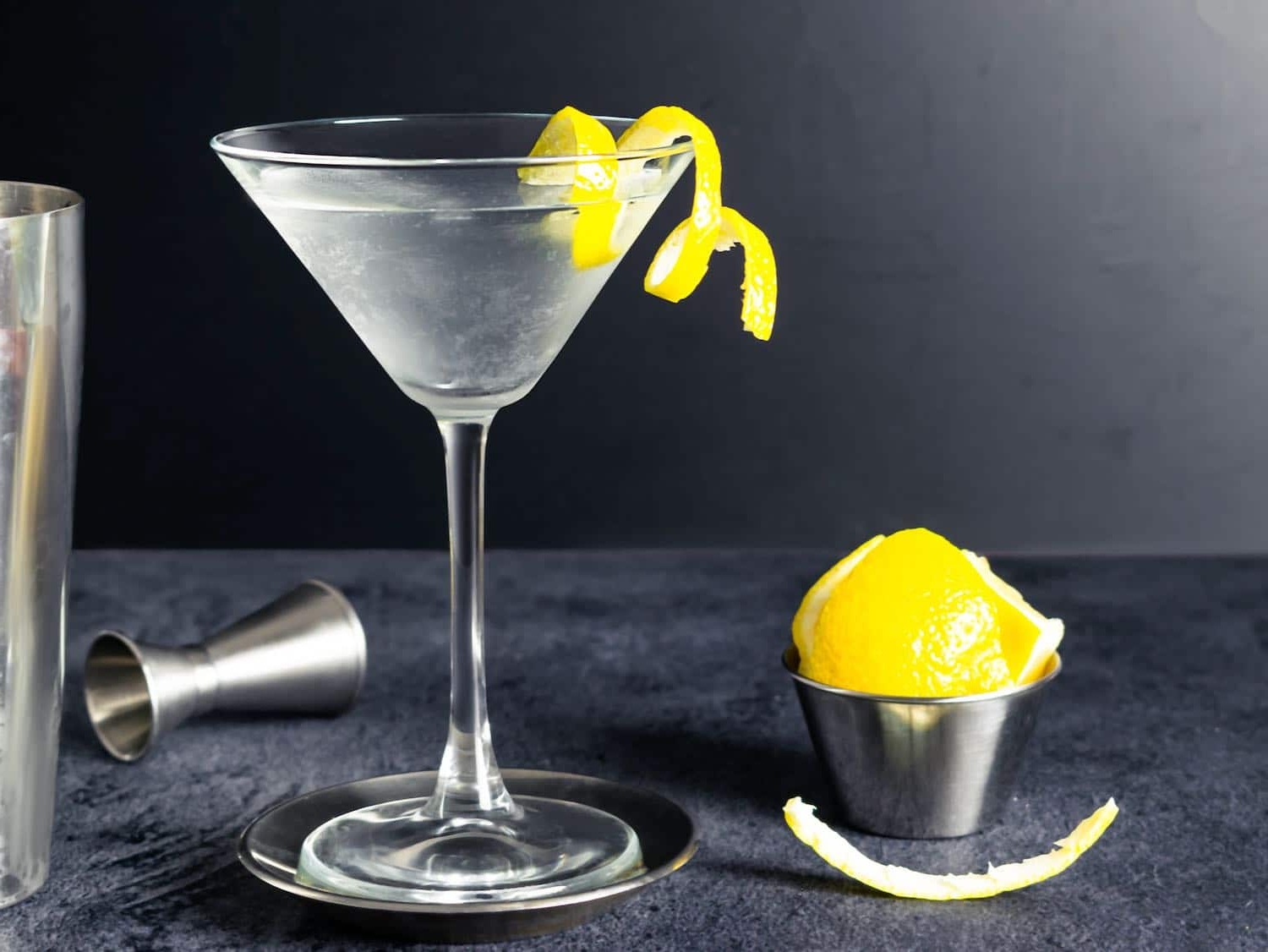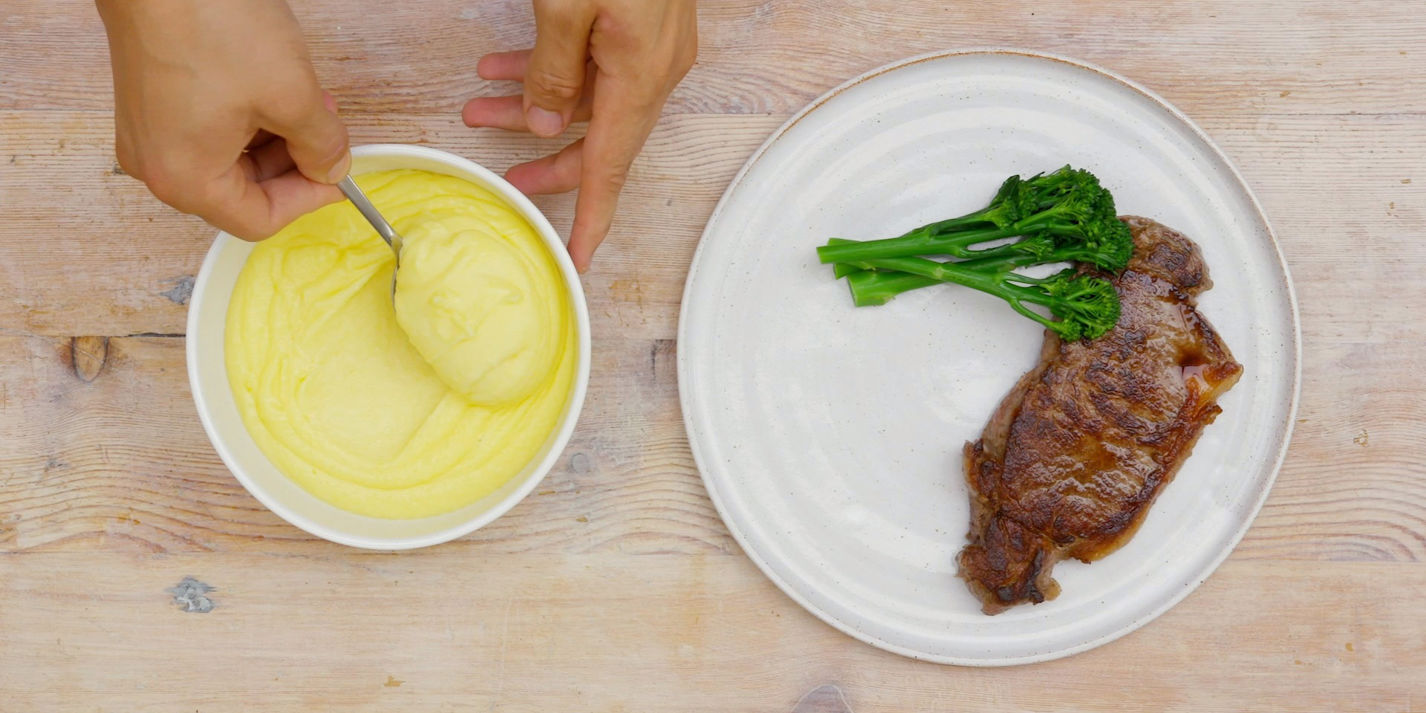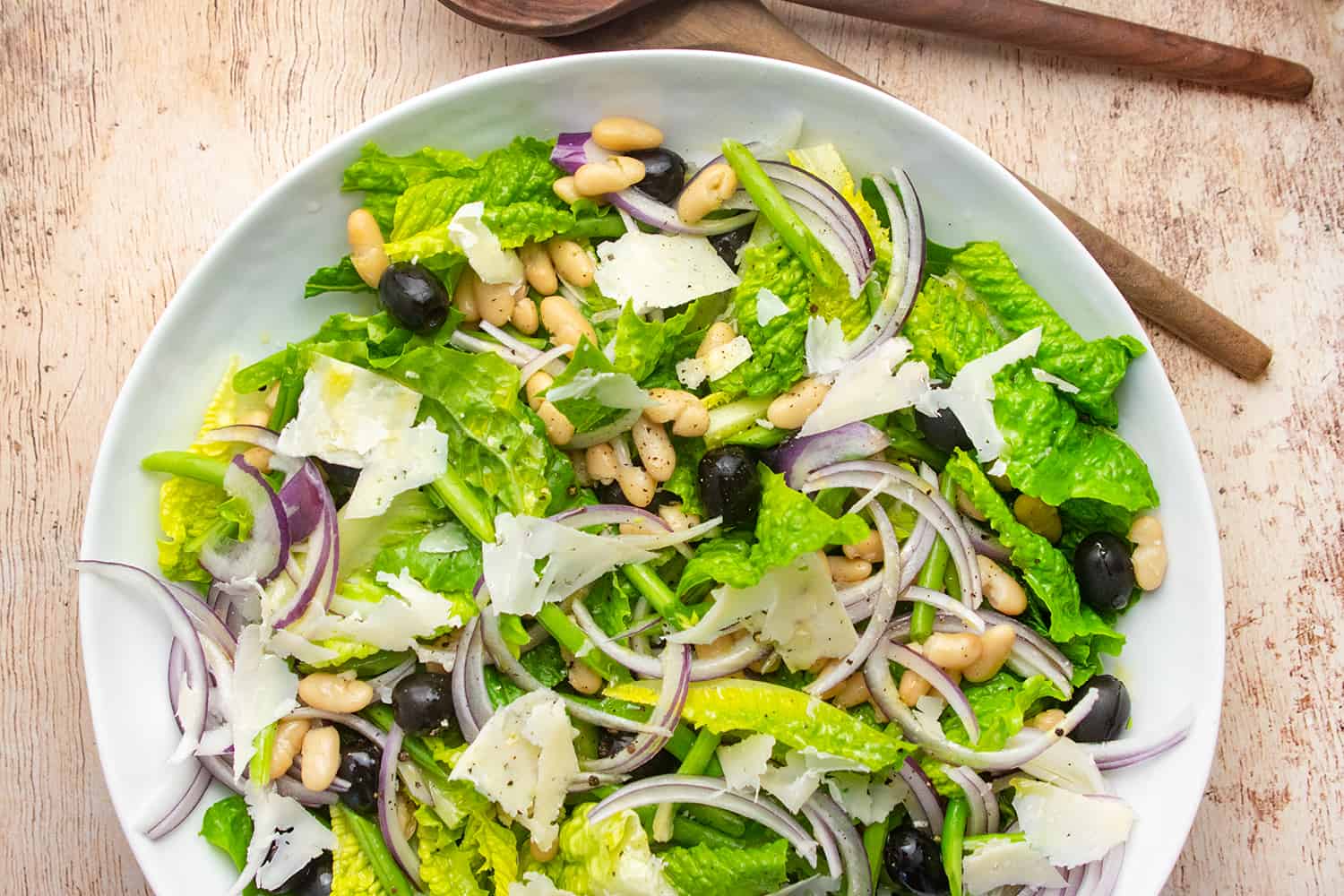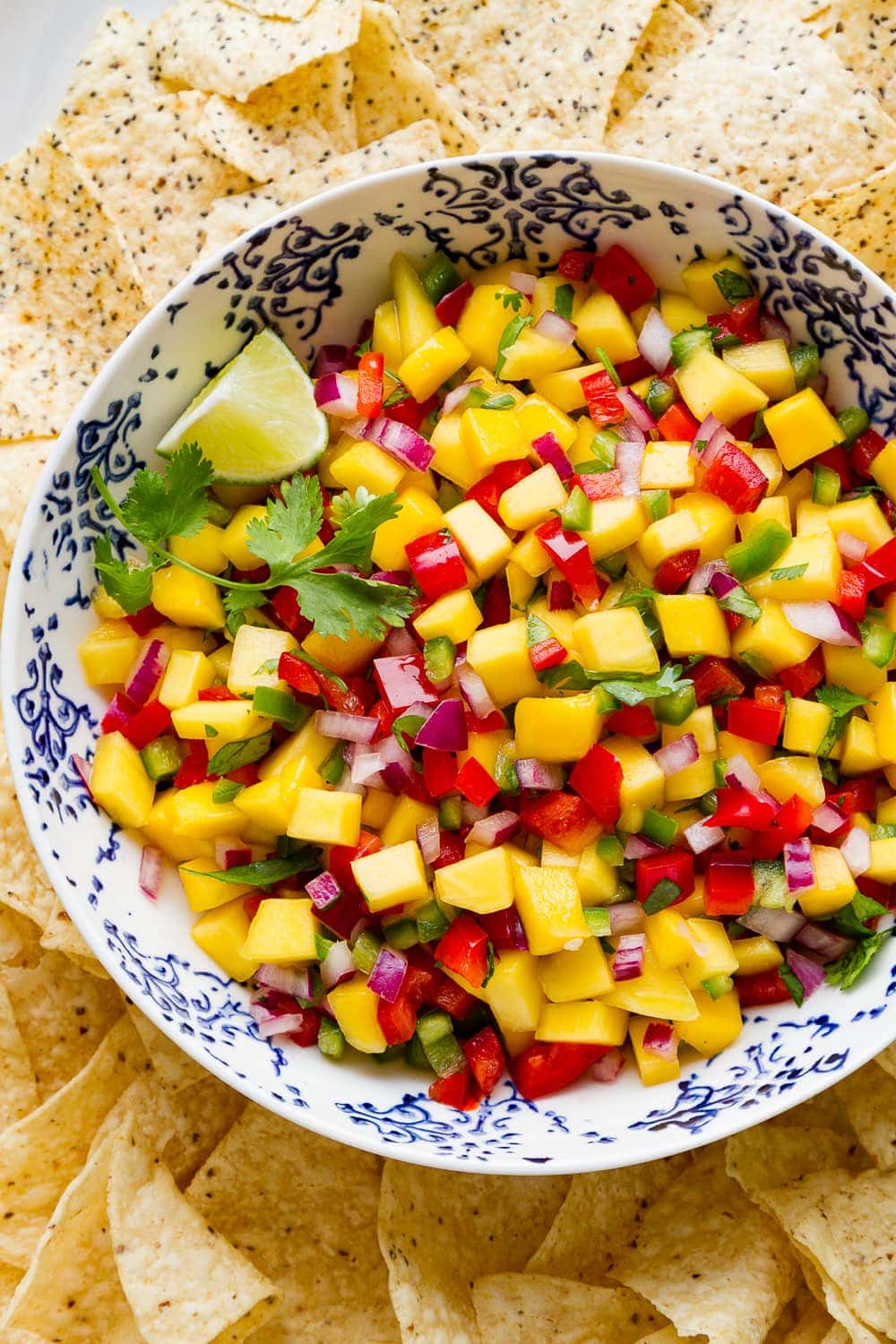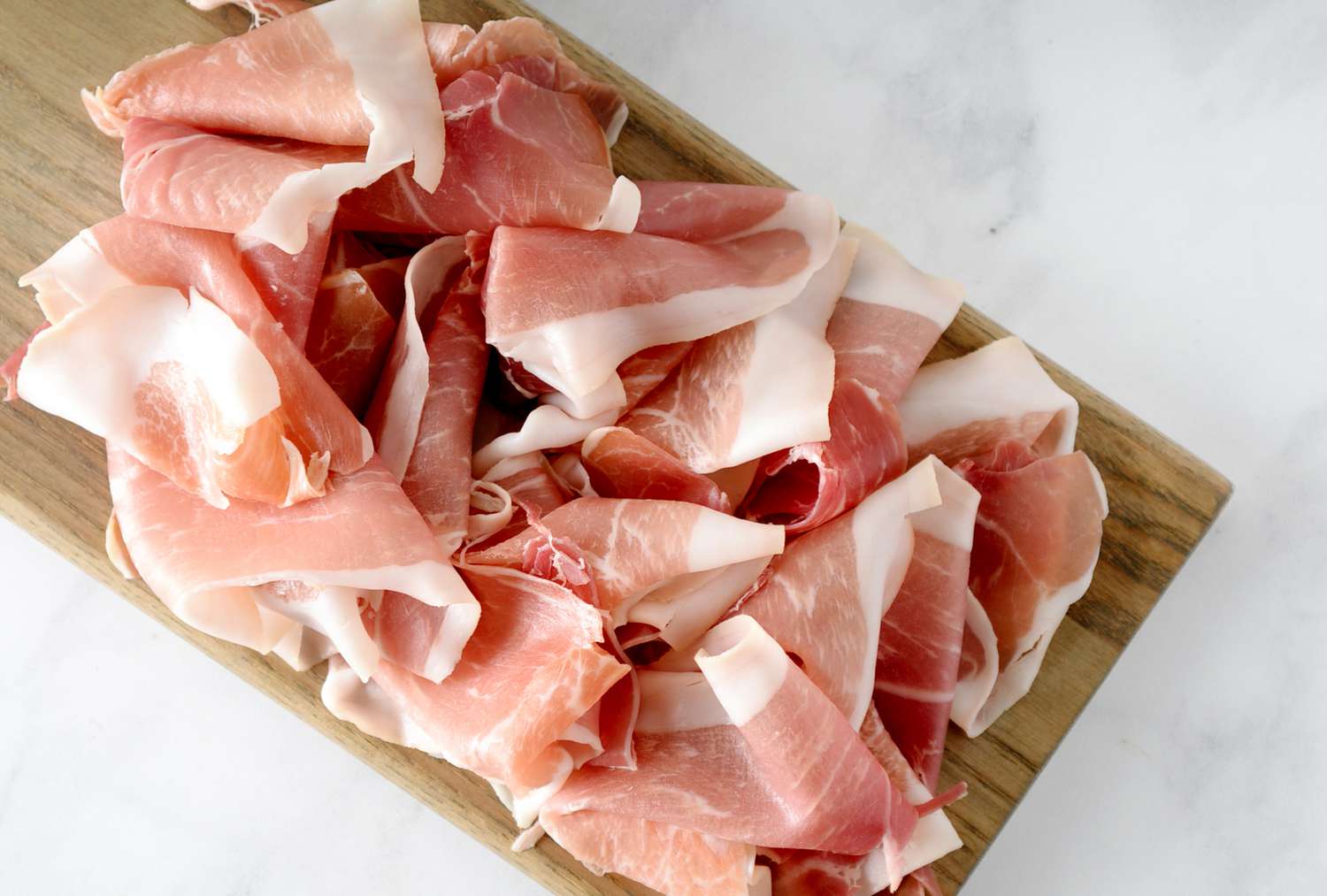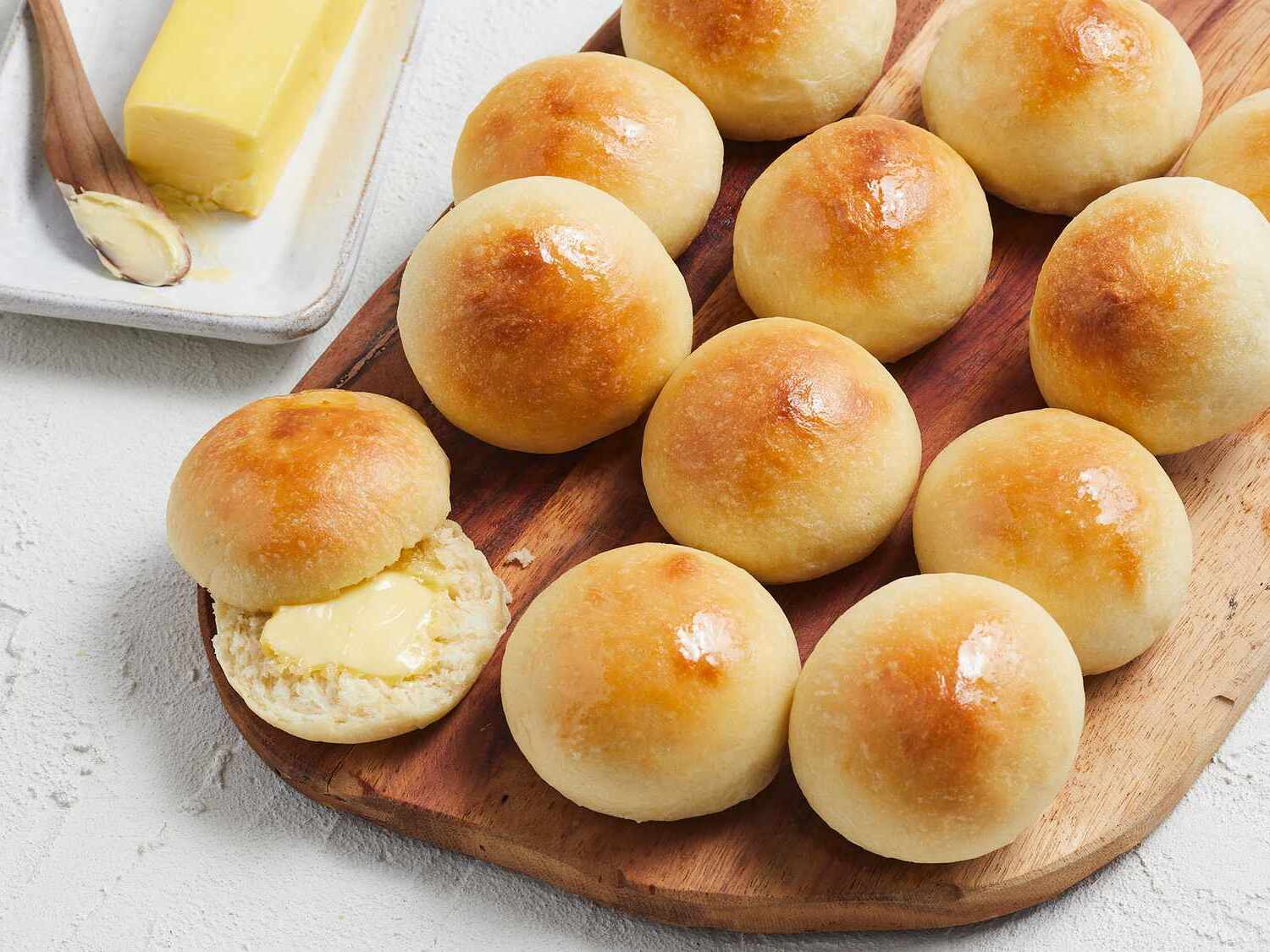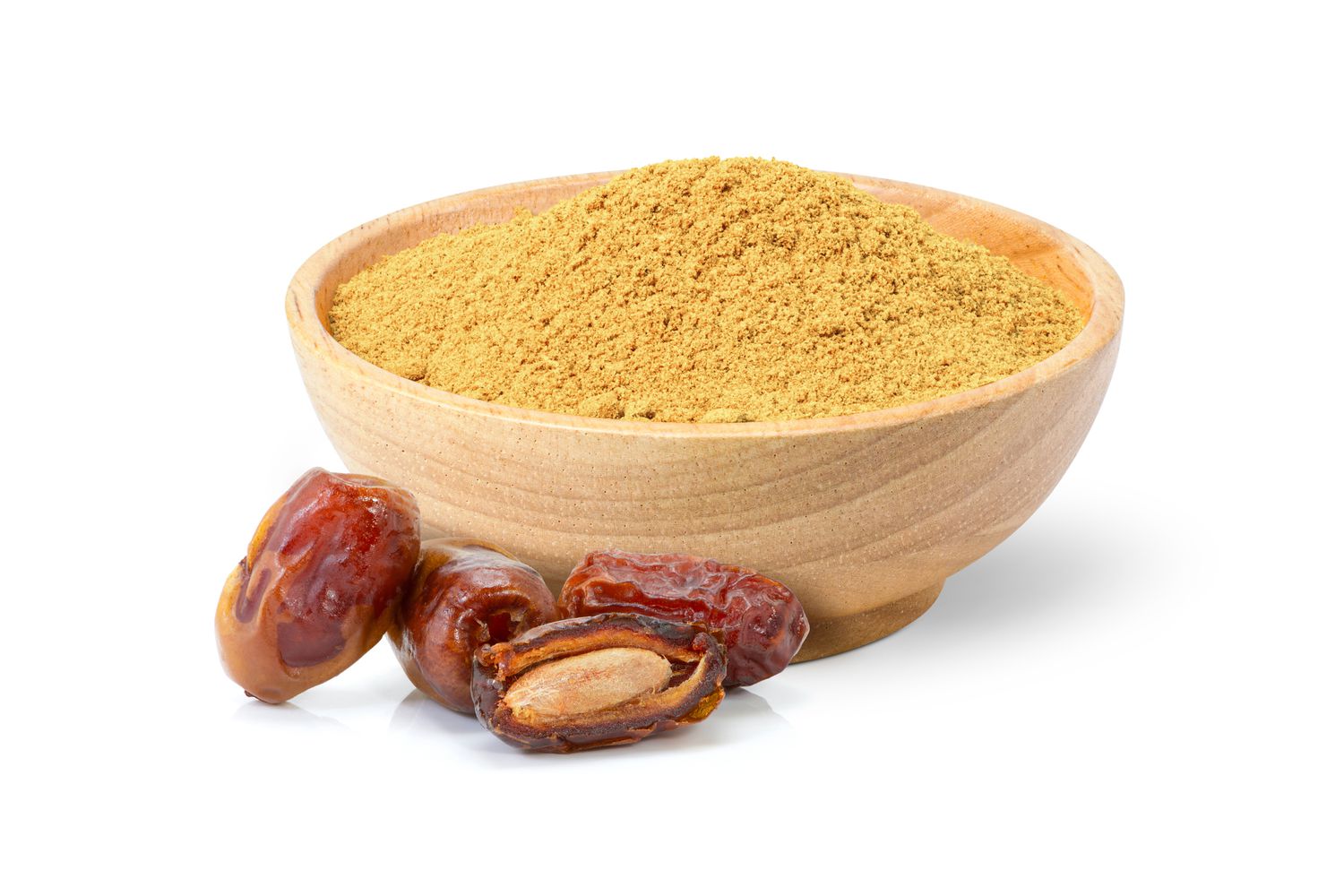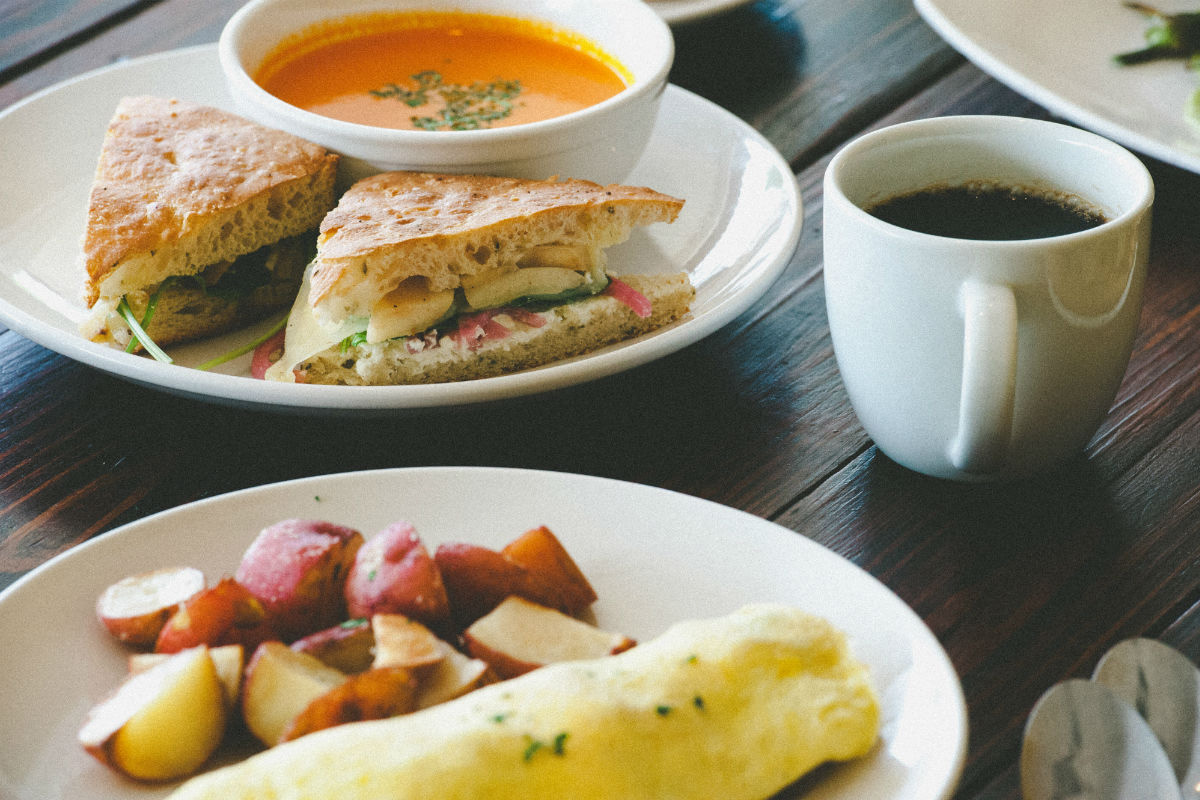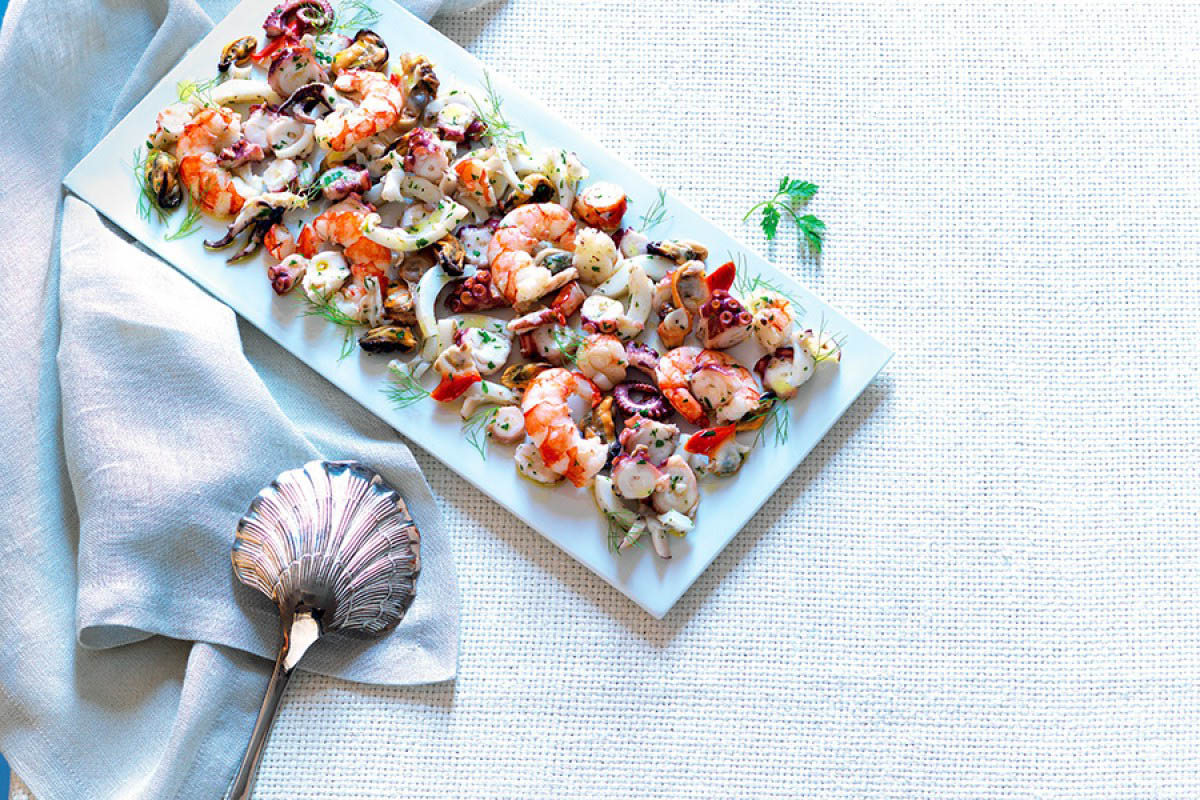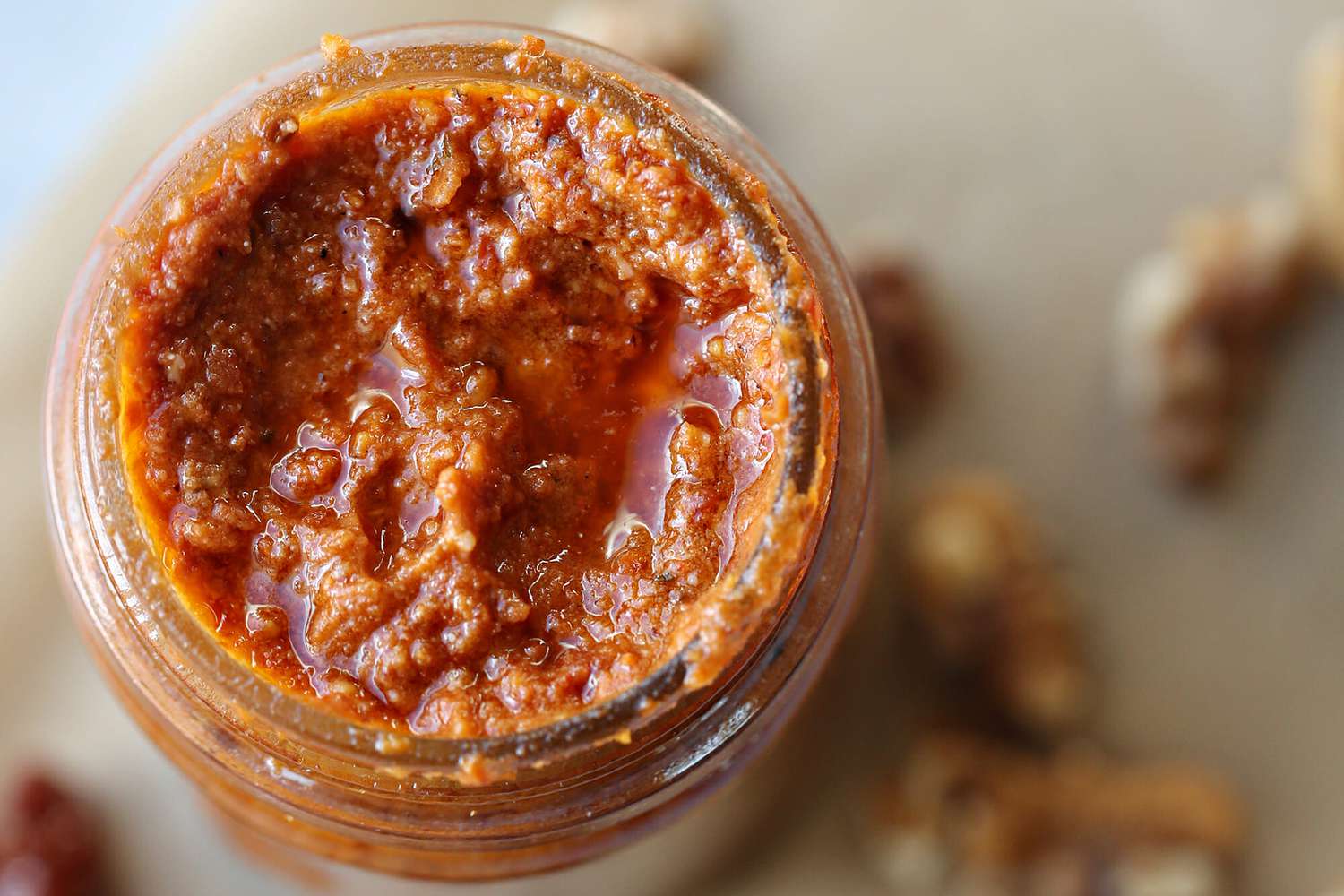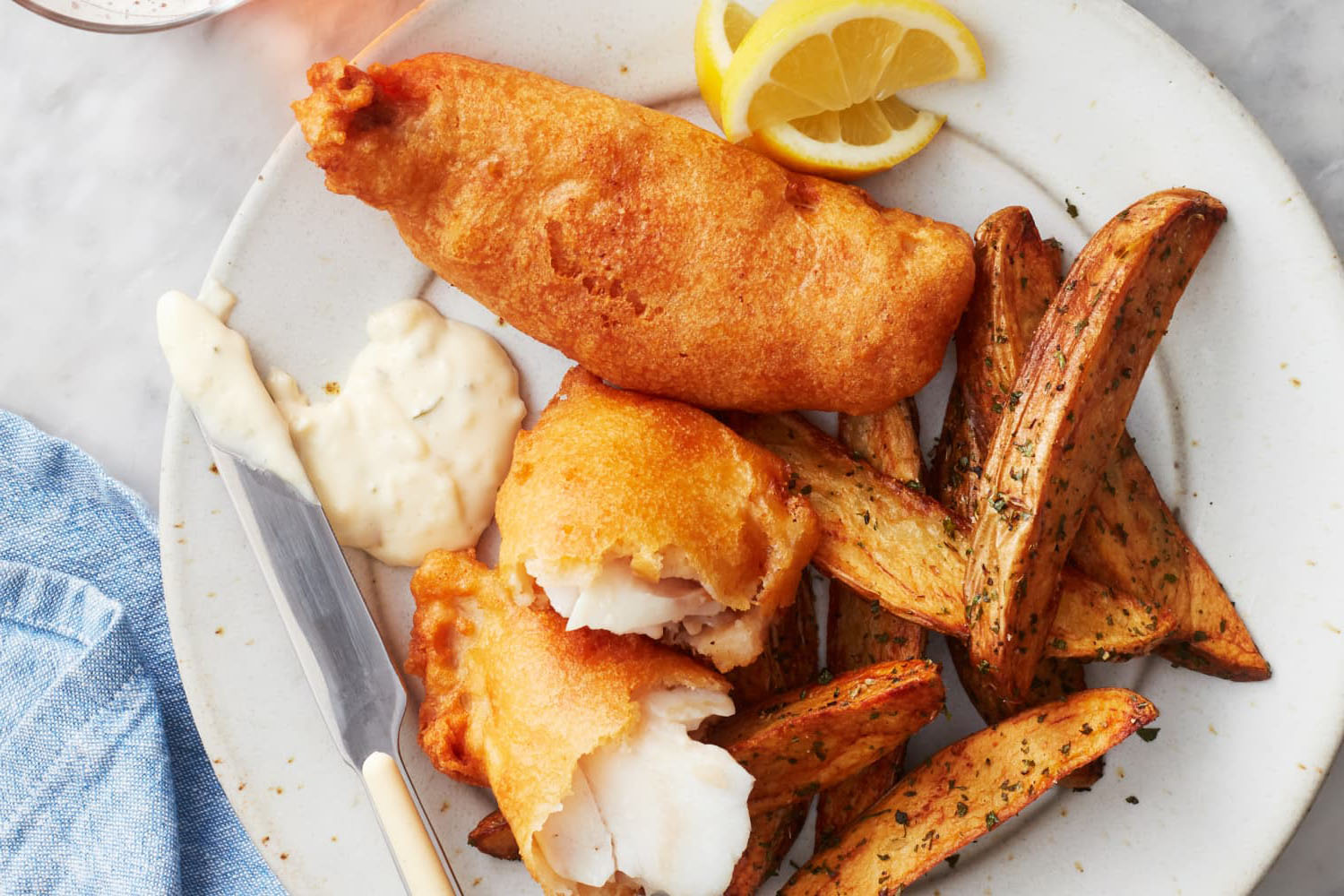Understanding the Purpose of an Ice Bath for Food
Have you ever wondered why chefs and home cooks alike use an ice bath for certain foods? An ice bath is a simple yet effective technique that involves submerging food in ice-cold water for a specific purpose. Let’s delve into the details of what an ice bath for food is and why it’s used.
What Is an Ice Bath for Food?
An ice bath for food is a method of rapidly cooling down cooked or blanched items by immersing them in a bowl or basin filled with ice and water. This technique is commonly used in the culinary world to halt the cooking process quickly and prevent overcooking. The ice bath helps to maintain the food’s texture, color, and flavor while also preventing it from becoming mushy or overdone.
Why Use an Ice Bath for Food?
There are several reasons why an ice bath is employed in food preparation:
- Rapid Cooling: When certain foods, such as vegetables, are blanched or boiled, it’s crucial to stop the cooking process as soon as they reach the desired level of doneness. Plunging them into an ice bath ensures that they cool down rapidly, preserving their crispness and vibrant color.
- Food Safety: Swiftly cooling down cooked items is essential for food safety. By using an ice bath, the risk of bacterial growth due to prolonged exposure to warm temperatures is minimized.
- Retaining Texture and Flavor: The shock of the cold water in the ice bath helps to lock in the texture and flavor of the food, preventing it from becoming soggy or losing its natural taste.
How to Create an Ice Bath
Creating an ice bath is a straightforward process:
- Fill a large bowl or basin with cold water.
- Add a generous amount of ice to the water, ensuring that the temperature drops significantly.
- Stir the water and ice to distribute the cold temperature evenly.
Once the ice bath is prepared, it’s ready to be used for cooling down your cooked or blanched food items.
Common Uses of an Ice Bath
An ice bath is commonly used for the following food items:
- Blanched Vegetables: After blanching vegetables, they are immediately transferred to an ice bath to halt the cooking process and preserve their color and crunch.
- Boiled Eggs: Placing boiled eggs in an ice bath makes them easier to peel and prevents the yolks from turning green.
- Seafood: After cooking seafood, such as shrimp or lobster, an ice bath helps to stop the cooking process and maintain the delicate texture.
Conclusion
Now that you understand the purpose and benefits of an ice bath for food, you can incorporate this simple yet valuable technique into your culinary repertoire. Whether you’re blanching vegetables or preparing hard-boiled eggs, an ice bath is a handy tool for ensuring that your food turns out perfectly every time.
Remember, the next time you need to rapidly cool down cooked items, an ice bath is your go-to method for preserving the quality and safety of your food.
